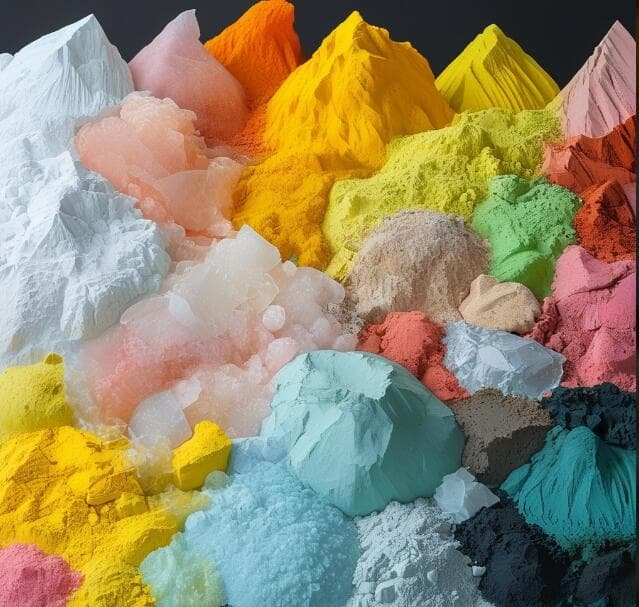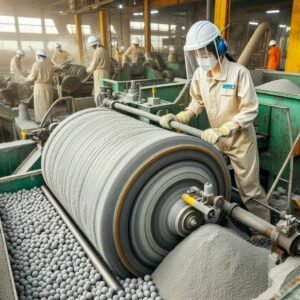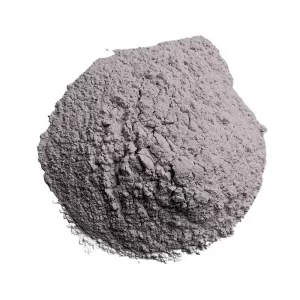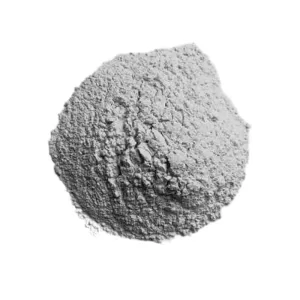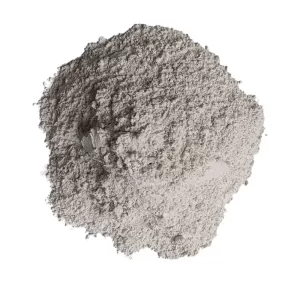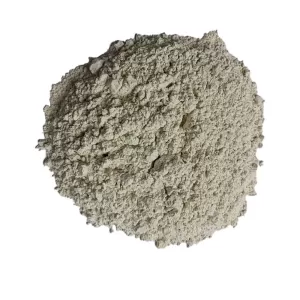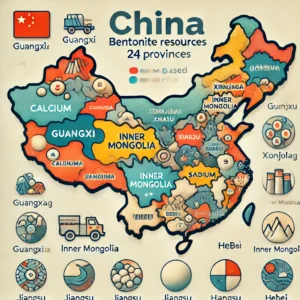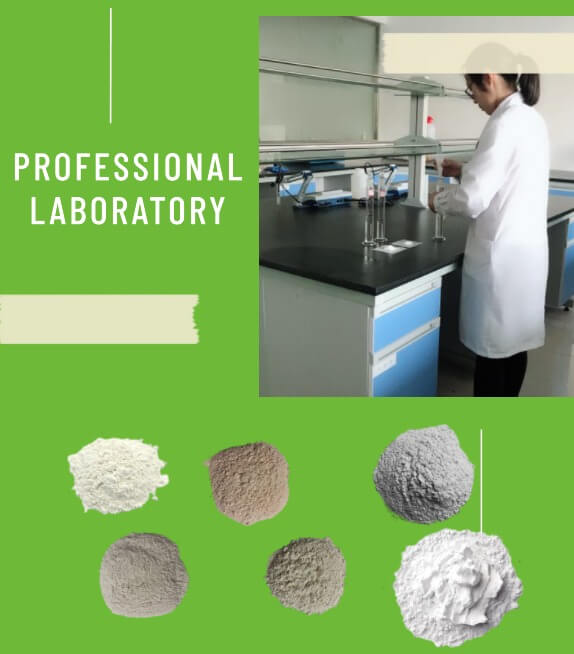Montmorillonite is a raw material commonly used in the production of Chinese ceramics and is widely utilized in other industries, agriculture, medical treatment, and other fields. It is known as the “all-purpose clay.” Montmorillonite also has a familiar name, bentonite.
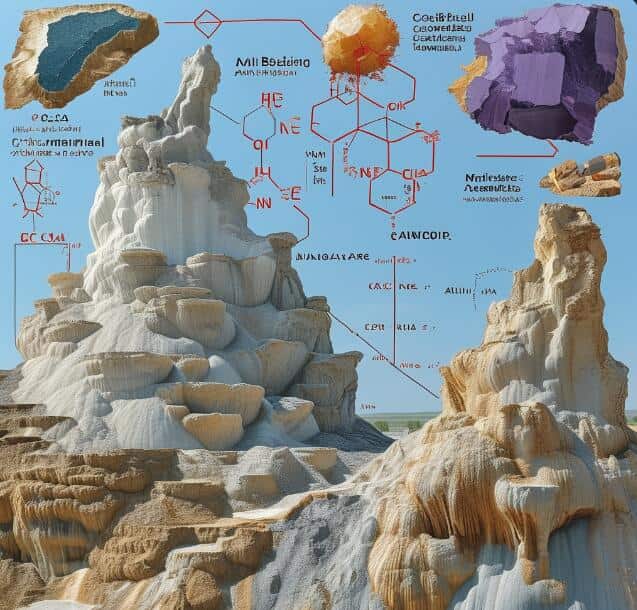
The Origin of the Names
Let’s first explore the origin of the name “montmorillonite.” This mineral was first discovered in Montmorillon, France, and thus, it was named after this location, similar to how kaolin is named after the region of Jingdezhen.
So, why is montmorillonite also called bentonite? The name bentonite originates from a specific type of clay discovered in ancient strata in Wyoming, USA. This yellowish-green clay swells into a viscous mass when water is added. People began calling this type of clay with such properties bentonite. Later explorations revealed that the primary mineral component of bentonite is montmorillonite. Thus, it is straightforward and natural to refer to montmorillonite as bentonite.
Understanding Bentonite
What does “bentonite” mean? In colloid chemistry, bentonite refers to a process where a colloid, upon contact with a solvent, absorbs the solvent and swells, increasing its volume—a phenomenon also known as solubilization. In many textile materials, swelling initiates the solubilization process, allowing solvent molecules to penetrate the material and gradually solubilize the polymers into an aqueous solution.
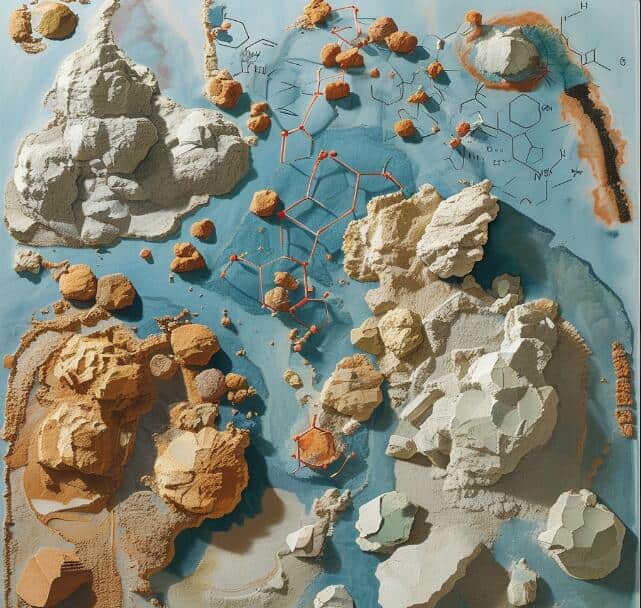
Why Does Montmorillonite Swell in Water?
The swelling property of montmorillonite is linked to its molecular structure. Montmorillonite is a silicate with the chemical formula Al2Si4O102·nH2O. Its basic structure consists of two layers of silica-oxygen tetrahedra sandwiching a layer of aluminum-oxygen octahedra. The silica-oxygen layers form a two-dimensional planar structure with endless repetitions, and the aluminum-oxygen layer bonds the structure together.
Materials with similar layered structures have close intra-layer bonds but loose inter-layer relationships. In montmorillonite, the layers are bonded by weak van der Waals forces. When placed in water, the water easily penetrates the layers, creating a fusion of water between them, causing the volume to expand.
Comparison with Kaolinite
Kaolinite also has a layered structure, but it does not swell like montmorillonite. The basic structural module of kaolinite comprises a layer of silica-oxygen and a layer of hydroalumina. When kaolinite layers are stacked, hydrogen bonds form between the OH- in the hydrotalcite layer and the O2- in the lower layer, making it difficult for water to penetrate and swell the structure.
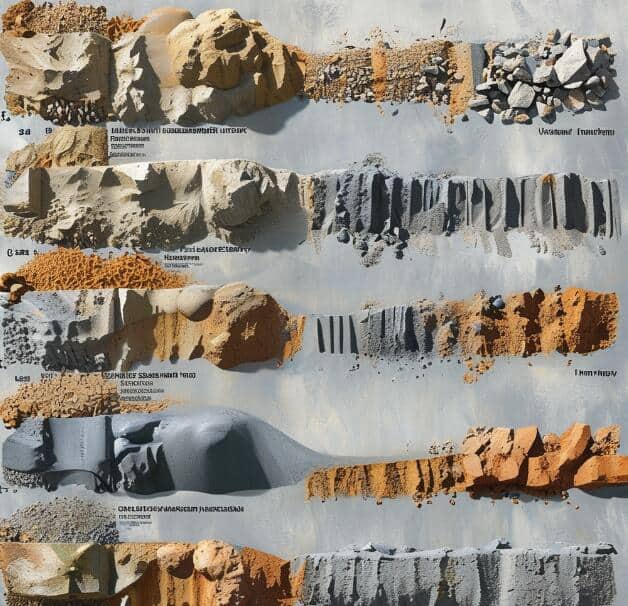
In contrast, montmorillonite’s basic structure has O2- between the layers, which are repelled by each other, leading to weak inter-layer bonding. Additionally, the Al3+ ions in the aluminum-oxygen octahedron are often replaced by Mg2+, disrupting the charge balance and creating a small amount of negative charge. This imbalance adds repulsive forces, making it easier for water and positively charged ions to penetrate the layers, resulting in significant swelling. Montmorillonite can swell several times to twenty or thirty times its original volume in water, demonstrating its “puffing” effect. This unique swelling property is why montmorillonite is also called bentonite.
Applications of bentonite
Due to its special structure, montmorillonite exhibits excellent ion exchange, wetting, and water absorption properties. These characteristics have led to its widespread use in various industries, making montmorillonite a versatile and practical “universal clay.”
In summary, montmorillonite is called bentonite due to its unique swelling properties and its primary composition being the same mineral. This dual naming highlights the material’s significance and versatility across numerous applications.

